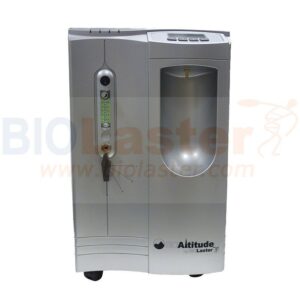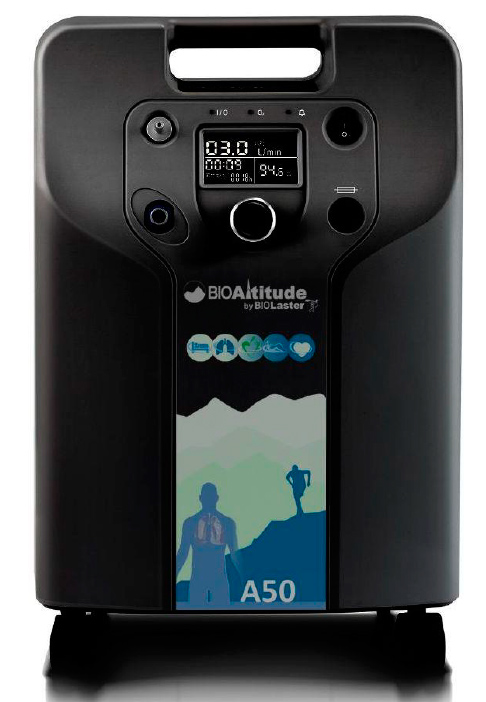Hypoxic air generators or altitude simulators have also had an evolution over time, an evolution that has mainly come hand in hand with technological progress.
In the beginning, the devices designed to create an artificial hypoxic atmosphere did nothing but artificially reproduce the conditions of altitude, hence they were chambers in which the pressure was artificially changed and were called hypobaric chambers (in the case of those that simulated altitude). The complexity and cost of these devices have limited their commercial progression and the appearance of the altitude cameras and simulators to which we refer later, have left hypobaric cameras out of commercial use with the aim of improving physical performance.
The fact that most of the adaptations of exposure to altitude are related to hypoxia or a decrease in the oxygen content of the air, the evolution of the simulated altitude devices was towards a model in which the atmospheric pressure did not change Instead, only the oxygen concentration was modified; and within this section, we could also establish a new mainly evolutionary classification:
1. Altitude simulation related to the addition of Nitrogen in the air; this was the first evolution after hypobaric chambers and it was the way in which the first “high-altitude hotels” or “hypoxic rooms” began to function. Nitrogen was introduced into the ambient air in these closed spaces in such a way that the oxygen concentration of the air was modified.
2. Hypoxia Generating Apparatus in which oxygen is extracted or filtered from the air, generating an oxygen-depleted or hypoxic air. Oxygen extraction or filtering systems have undergone a great technological evolution, becoming more and more economically affordable and generating significant hypoxic air flows at an economic cost.
At present, except for specific cases, all hypoxic generators or altitude simulators are based on the principle of oxygen extraction or filtration.


